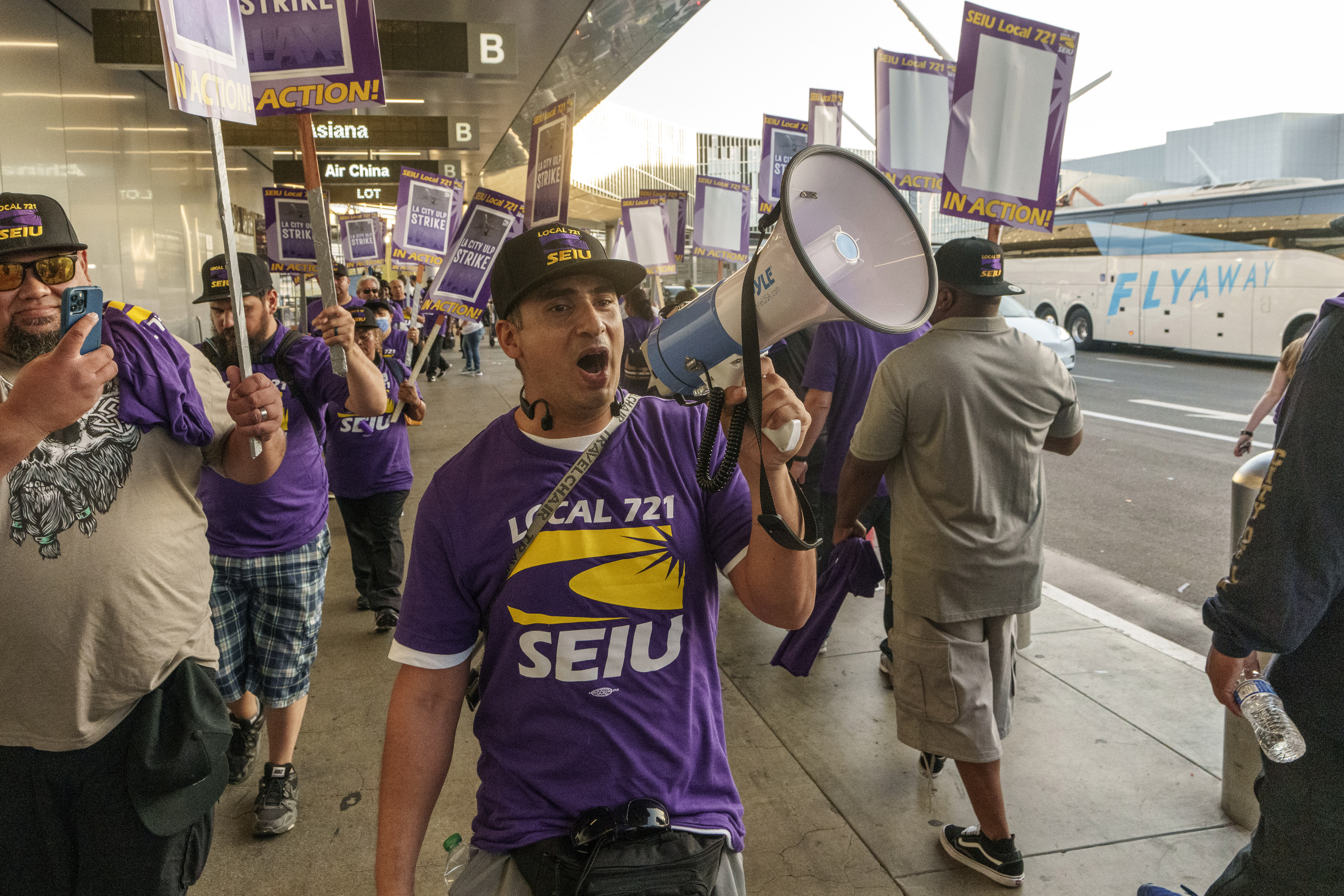NASA has discovered a new solar system that might be able to support life

NASA announced Wednesday that it has found an entire solar system that could potentially support life. Some 40 light-years away lies a grouping of seven planets, all roughly the size of Earth, orbiting closely around a single dwarf star. Scientists initially reported the system last year, but at that point they only knew of three planets orbiting the star.
The discovery, uncovered by NASA's Spitzer Space Telescope, sets the record for "the most Earth-sized planets and most potentially habitable planets ever discovered around a single star," NPR reported. NASA noted in a press release that all seven of the planets could have "liquid water — key to life as we know it — under the right atmospheric conditions." "This discovery could be a significant piece in the puzzle of finding habitable environments, places that are conducive to life,” said Thomas Zurbuchen, associate administrator of NASA's Science Mission Directorate. "Answering the question 'Are we alone?' is a top science priority and finding so many planets like these for the first time in the habitable zone is a remarkable step forward toward that goal."
Scientists plan to further explore the solar system. But already, University of Leiden astronomy professor Ignas Snellen said, the discovery indicates these systems are "even more common than previously thought."
The Week
Escape your echo chamber. Get the facts behind the news, plus analysis from multiple perspectives.

Sign up for The Week's Free Newsletters
From our morning news briefing to a weekly Good News Newsletter, get the best of The Week delivered directly to your inbox.
From our morning news briefing to a weekly Good News Newsletter, get the best of The Week delivered directly to your inbox.
A free daily email with the biggest news stories of the day – and the best features from TheWeek.com
-
 Nobody seems surprised Wagner's Prigozhin died under suspicious circumstances
Nobody seems surprised Wagner's Prigozhin died under suspicious circumstancesSpeed Read
-
 Western mountain climbers allegedly left Pakistani porter to die on K2
Western mountain climbers allegedly left Pakistani porter to die on K2Speed Read
-
 'Circular saw blades' divide controversial Rio Grande buoys installed by Texas governor
'Circular saw blades' divide controversial Rio Grande buoys installed by Texas governorSpeed Read
-
 Los Angeles city workers stage 1-day walkout over labor conditions
Los Angeles city workers stage 1-day walkout over labor conditionsSpeed Read
-
 Mega Millions jackpot climbs to an estimated $1.55 billion
Mega Millions jackpot climbs to an estimated $1.55 billionSpeed Read
-
 Bangladesh dealing with worst dengue fever outbreak on record
Bangladesh dealing with worst dengue fever outbreak on recordSpeed Read
-
 Glacial outburst flooding in Juneau destroys homes
Glacial outburst flooding in Juneau destroys homesSpeed Read
-
 Scotland seeking 'monster hunters' to search for fabled Loch Ness creature
Scotland seeking 'monster hunters' to search for fabled Loch Ness creatureSpeed Read


